Acne patches have been so popular recently. Like, what are they? How do they work? Do they actually work? How to pick among all the products out there? And then, what are some of the dos and don’ts when it comes to using acne patches?
What Are Acne Patches?
What we like to do is slap an acne patch on our faces. So, acne patches are essentially hydrocolloid dressings—a material that has been used for many, many years to treat chronic wounds. They’re not your typical Band-Aid for a couple of reasons, even though they adhere to your skin like Band-Aids.
They actually have this gel-forming material on the inside that really helps to:
- Absorb excessive moisture,
- Create the ideal moisture environment for wound healing, and
- Have some auto-enzymatic properties to really break down any sort of material, like scabs, that impede wound healing.
We honestly love it for wounds when it’s scaled over and there is basically a scab that’s really preventing your skin from forming healthy skin. We love slapping the hydrocolloid dressing on there because, number one, it helps to break down that scab, and two, it basically does that work for you without you having to put anything in a Band-Aid.
Additionally, the traditional hydrocolloid dressing that we put on is waterproof, so you could kind of shower over it or bathe over it. You could even go swimming, it does adhere very well to the skin when applied properly. And then, you just change it every, like, three days. So, we actually love applying this on wounds that have dried up, and have that scab on top, if you want to take care of that wound. Hydrocolloid dressings are great for that. You slap it on there, you just change it every couple of days, and that dressing itself will help to break down that scab and, again, create that ideal environment for your skin to re-epithelialize.
Moisture Absorption
Gel-forming material does have the propensity to really absorb excess moisture. It’s breathable; even though it’s waterproof, it’s breathable, but again has the ability to kind of suck out excessive moisture.
So, in the sense of acne, for inflammatory acne like cysts that kind of have pus forming, instead of you poking at it trying to pop it, the acne patch, if you put that on there, over time will slowly help to suck out that kind of pus and bring it to a head. It’s going to be a lot more gentle and more effective than you poking at it and popping it, which can lead to bacteria spreading, scarring, and making it worse.
Protecting Your Skin
Honestly, what we love about acne patches is really the fact that they can protect your skin. For individuals who really like to pick or touch their acne, and manipulate it, this really protects your hands, protects your skin, and basically prevents you from doing too much harm to your skin. Because sometimes when you touch your acne, even though you’re not squeezing at it, just even touching it periodically can flare your acne and make it worse.
And for individuals who have acne but need to wear a mask, we know that friction can make acne worse. This again serves as a barrier between your skin and the mask, helping to reduce irritation and any potential damage that friction may bring, and reducing that risk inflame acne.
Efficacy of Acne Patches
Now, if we’re talking about efficacy, we need more studies. There are a few out of Asia that have shown that individuals who use acne patches see their acne definitely improve faster and better compared to those who don’t. But it’s not the same as using evidence-based ingredients like benzoyl peroxide and adapalene.
Nevertheless, we do find that there is definitely a purpose for acne patches in the routine. We certainly don’t think they’re going to be as effective as benzoyl peroxide and adapalene in treating acne, but you can certainly use one, and it’s very low risk, especially if you have deep breakouts once in a while. Again, it may help your acne get better faster, but at the very least, it is protecting your skin, especially if you like to pick at your acne.
Using Pimple Patches
Speaking of popping pimples, we actually love using pimple patches after popping pimples—not that you should be, but like, say you did it; it’s done. What can you do next? Aside from treating with some of the evidence-based ingredients we talked about, we think acne patches can really help your skin heal better and faster. Again, it’s one of those things where just protecting your skin from the environment, keeping it clean, helping to suck out some of the inflammation from pimple popping, and then protecting your skin at the same time.
Do’s and Don’ts
So here are some dos and don’ts when it comes to using acne patches.
Number one is just to make sure that you apply this on clean and dry skin because it’s supposed to stick to your skin. If your skin has other products, it may leave a film, and it’s not going to stick as well.
Two, if you do pick acne patches that have active ingredients, it may cause further irritation or just may not work as well. If you already have skincare products beforehand. As the patches start to work, you will notice, like, the middle where the pimple is will start to kind of balloon up in this white color. That is normal; it’s the hydrocolloid dressing doing its thing. We actually see this when we’re treating wounds, where the wound will balloon up over time. It’s absolutely normal—just let it be, don’t touch it, don’t mess with it. That means it’s actually working.
For acne patches to fully work, you really want to leave it on your skin for a long period of time. So, we say ideally overnight. Nighttime is a great time to utilize these patches. Similarly, during the day, if you’re in a mask for work, slap one on before you put the mask on. It’s going to offer some additional protection on your skin, but it’s really meant to be left on for at least four to eight hours. That reaction of it pulling out moisture and helping your skin heal is going to take time, so it’s really not going to fully do its job if you just put one on and then, like, an hour or thirty minutes later take it off.
Now, if you have an important event coming up and you need to put makeup on, there are a few patches, which we will share in a little bit, that have an invisible film that you can easily apply makeup over, and it actually looks fairly decent under makeup. So, you just have to pick the right one. But yes, they’re meant to be left on your skin and not taken off, ideally overnight, but at least six to eight hours.
Some of the Don’ts
Number one, if the skin around the acne is already irritated, this could potentially make the irritation worse. There is adhesive in here, and certainly, if you have an adhesive allergy, it could make things worse. So, if your skin is really irritated, it may not be the best time to put on an acne patch.
Number two, if your skin is broken, actively bleeding, or there’s an active infection happening, it’s not the best time to put on an acne patch. Now, we did mention earlier that you can help to draw out some of that pus. Pus is sterile; what we mean by that is it’s just a collection of inflammatory cells.
There are bacteria on our skin, and while these bacteria can cause acne, they are not a true infection. However, if your skin is very soft and mushy, very red, hot, and painful, then that is probably a sign of infection. This is very different from the kind of acne mentioned earlier. In that situation, you do not want to occlude it, as you would just be trapping the bacteria associated with the infection.
If you believe your skin is infected, or if your skin is actively draining blood or pus, this is not the ideal time to apply a pimple patch. Lastly, as we alluded to earlier, you should not apply any active ingredients underneath it. Even if it dries and sticks well, it can increase irritation.
For example, common spot treatments like benzoyl peroxide or sulfur that dry down quickly should not be used underneath an acne patch. The reason being, if you occlude that area for a long period, it can cause local irritation, potential damage to your skin, peeling, and hyperpigmentation.
If you are looking for acne patches that have additional ingredients that may help with your post-acne marks or acne, there are patches specifically formulated for that. We would recommend using those instead of trying to stick a patch over active ingredients.
Lastly, even though we mentioned earlier that you want to give ample time for it to work, leaving a patch on for too long is not ideal either. We would say definitely don’t let a patch stick on your skin for more than 14 to 16 hours. Sleeping with it overnight, for that eight-hour period, is great. Just remember to take it off the next morning. Be sure to give your skin a break because too much occlusion is not ideal for your skin either.
5 Acne Patches We Strongly Recommended
This 1st generation patch is loved by many over the years, due to its effectiveness. Highly raved in the media as well – a testimonial to its effectiveness.
This A.D.F dressing hydrocolloid patch protects the concerned area effectively and creates a moist environment, which makes the healing process faster. Don’t squeeze or POP your pimples anymore! This patch will do it for you, without the PAIN!
An over-the-counter acne patch that combines new, clean hydrocolloid polymer technology and actives promoting clearer skin overnight.
This acne spot solution extracts impurities and absorbs excess oil for achieving a healthier complexion. This pimple patch formula is suitable for all skin types, ensuring rapid results without causing dryness or irritation.
ZitSticka’s KILLA patch is unlike standard hydrocolloid zit patches. It goes beyond the surface to target those stubborn, emerging pimples that can be hard to reach. While flat hydrocolloid patches work well for superficial issues, KILLA is designed to tackle up-and-coming zits effectively.
Each one of this mighty blemish patches is translucent, ultra-thin, and has tapered edges to seamlessly blend with all skin tones, so you can proudly wear them day or night
These spot dots are vegan, non-irritating, and fragrance, alcohol, paraben, and phthalate free – making them safe and suitable for all skin types, tones, and textures!
Gently draws out pus and impurities straight from the source. Made with medical-grade, highly absorbent hydrocolloid. Non-drying and hypoallergenic.
Clear, matte finish and extra thin outer edge seamlessly blends in with all skin tones.
Tapered edges keep patches adhered to skin, while effectively covering spots.
Provides a protective barrier against irritants.
No animal-derived ingredients. No animal testing.

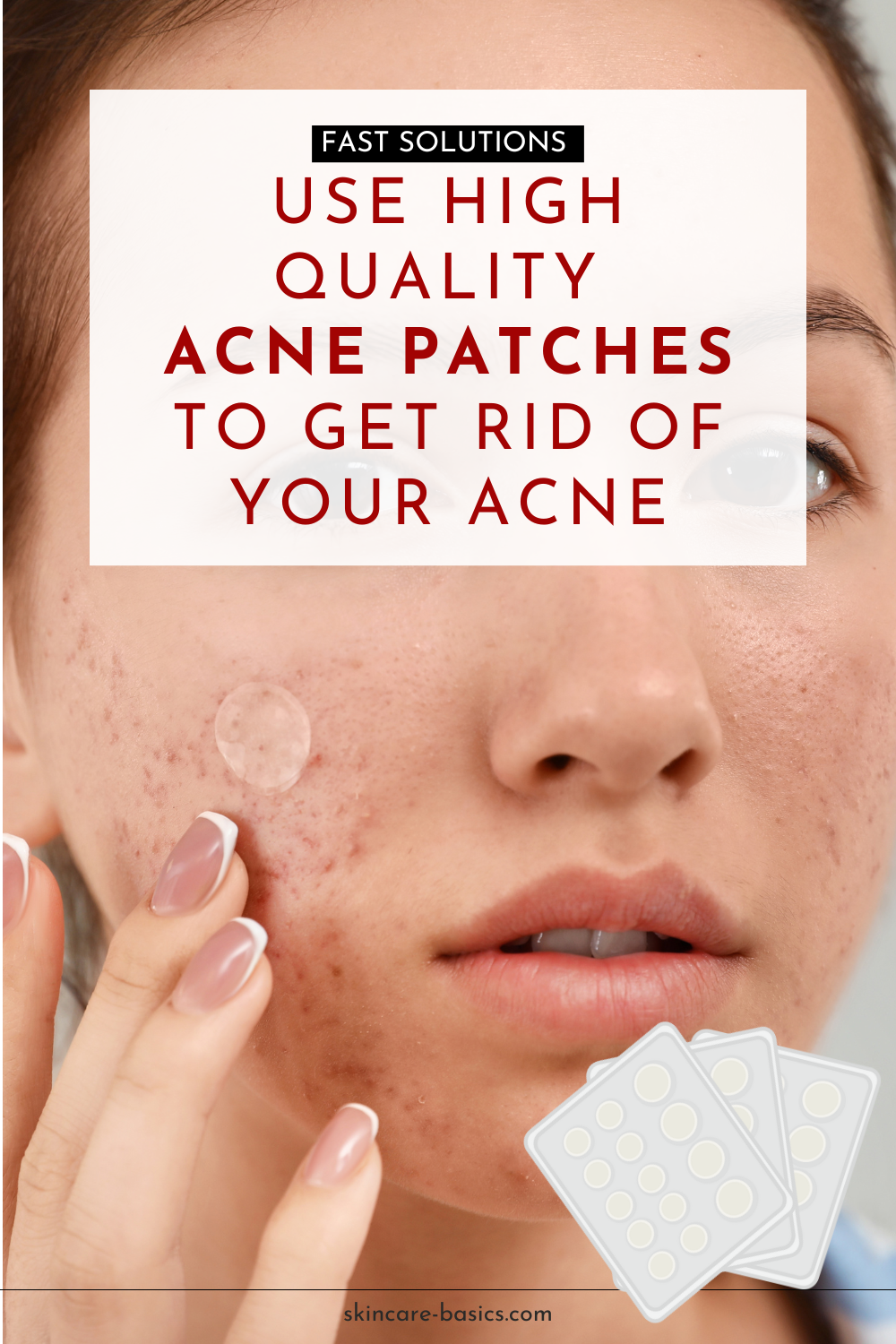
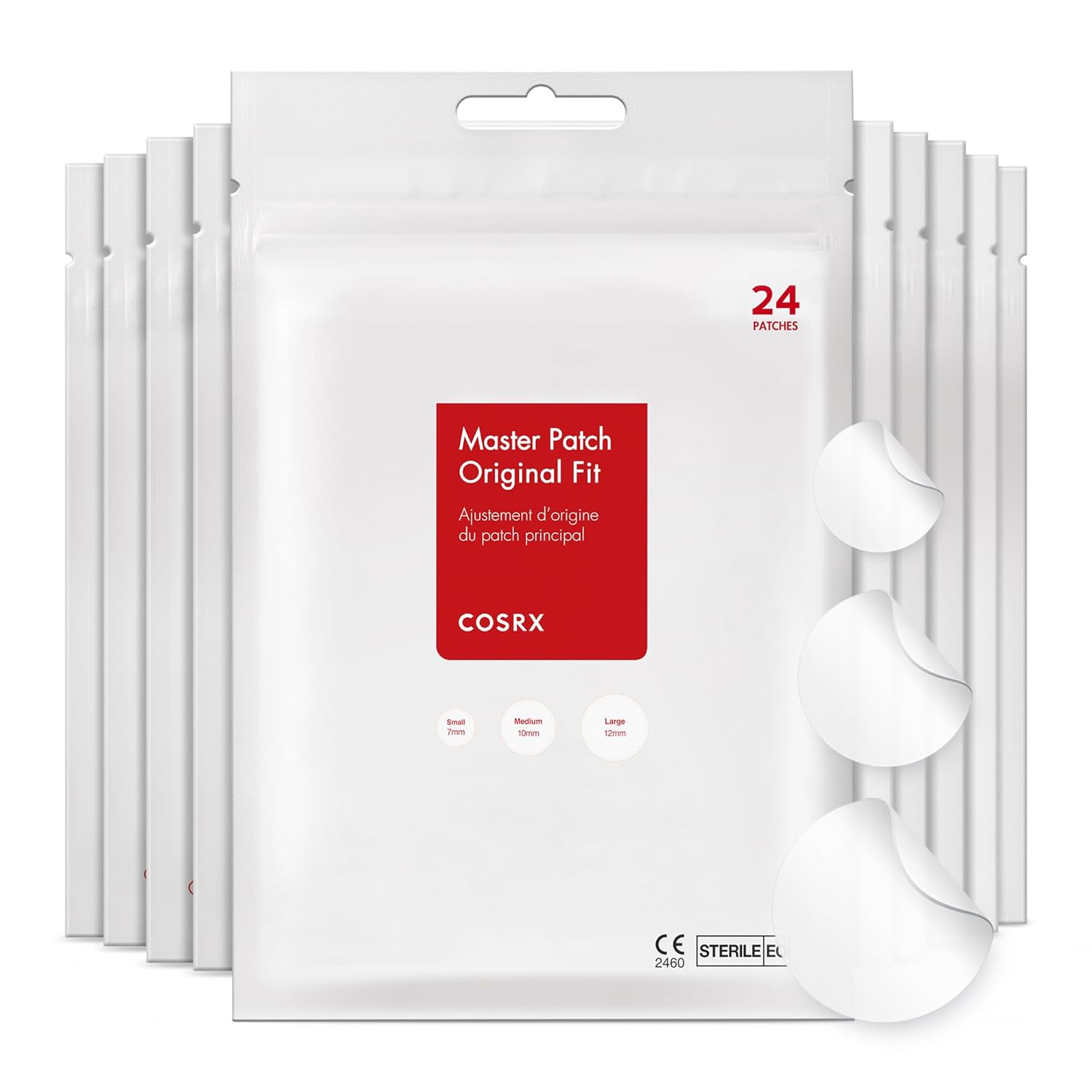
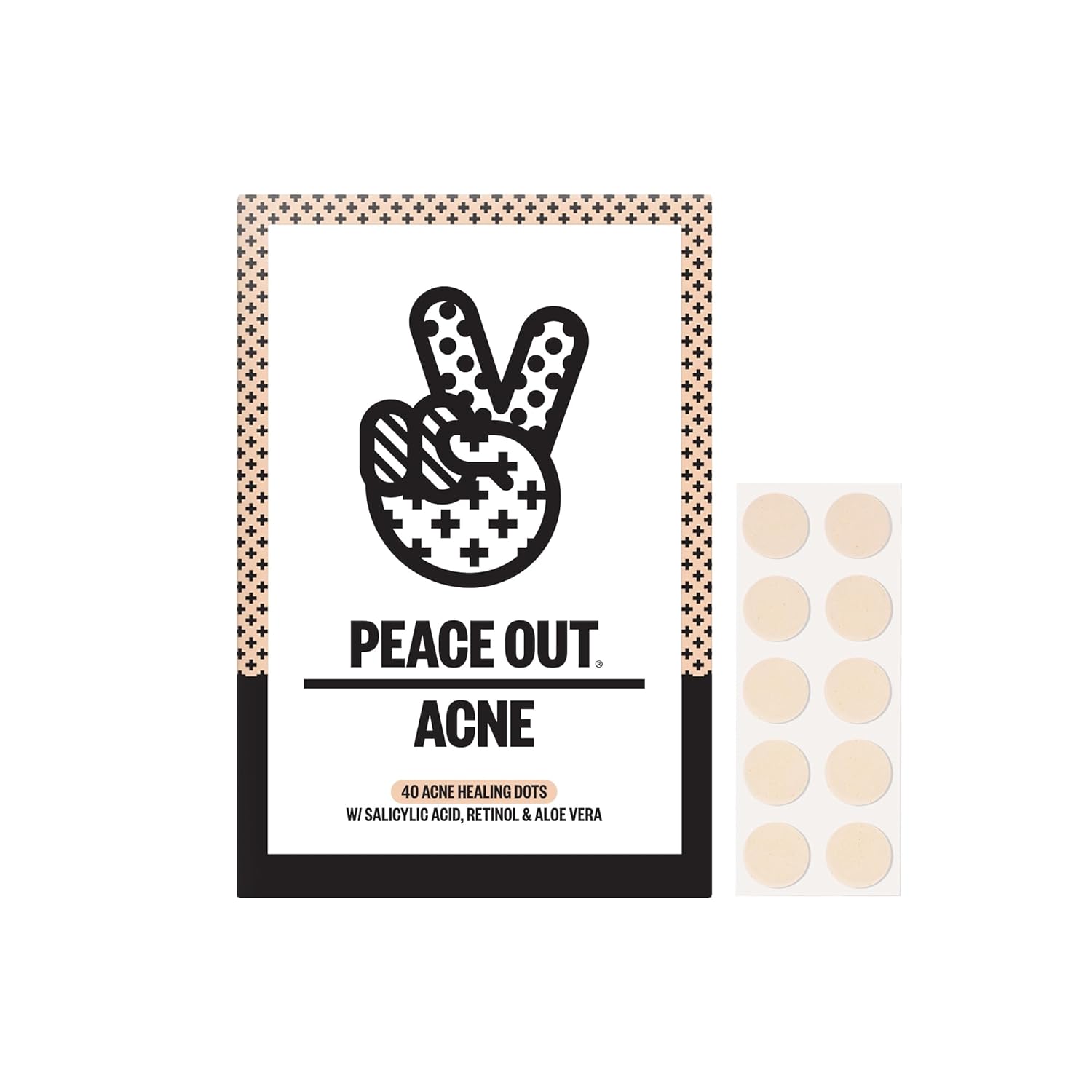
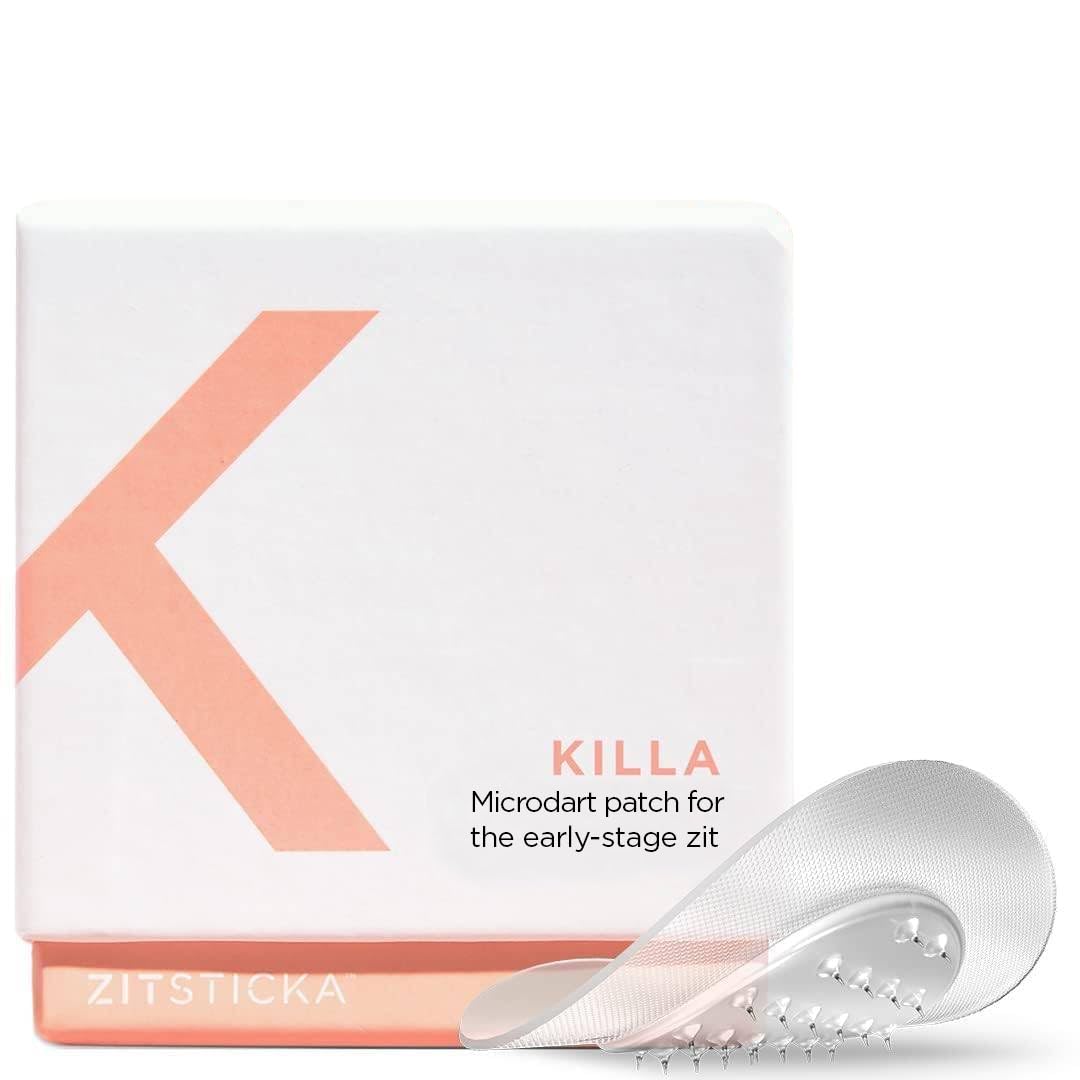
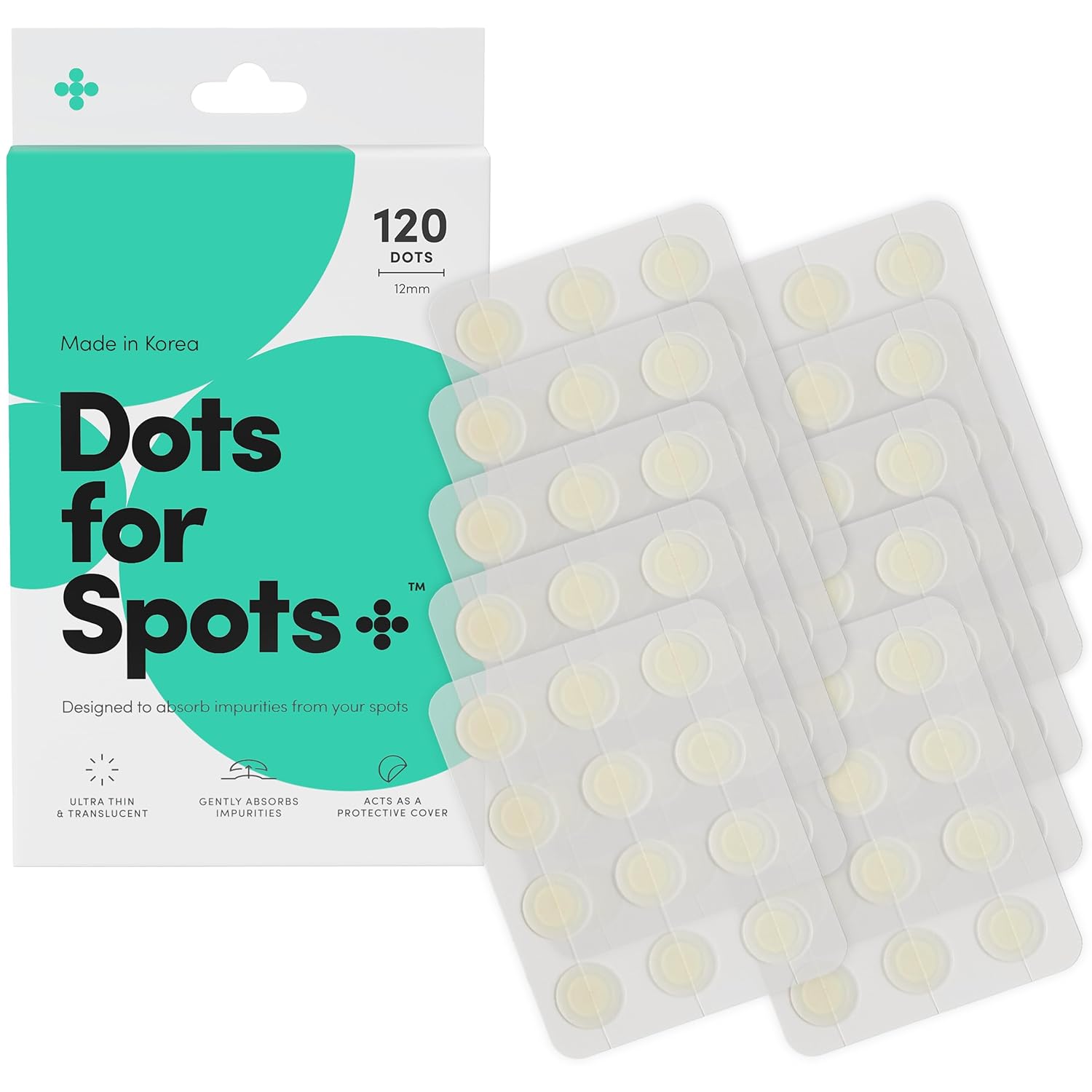
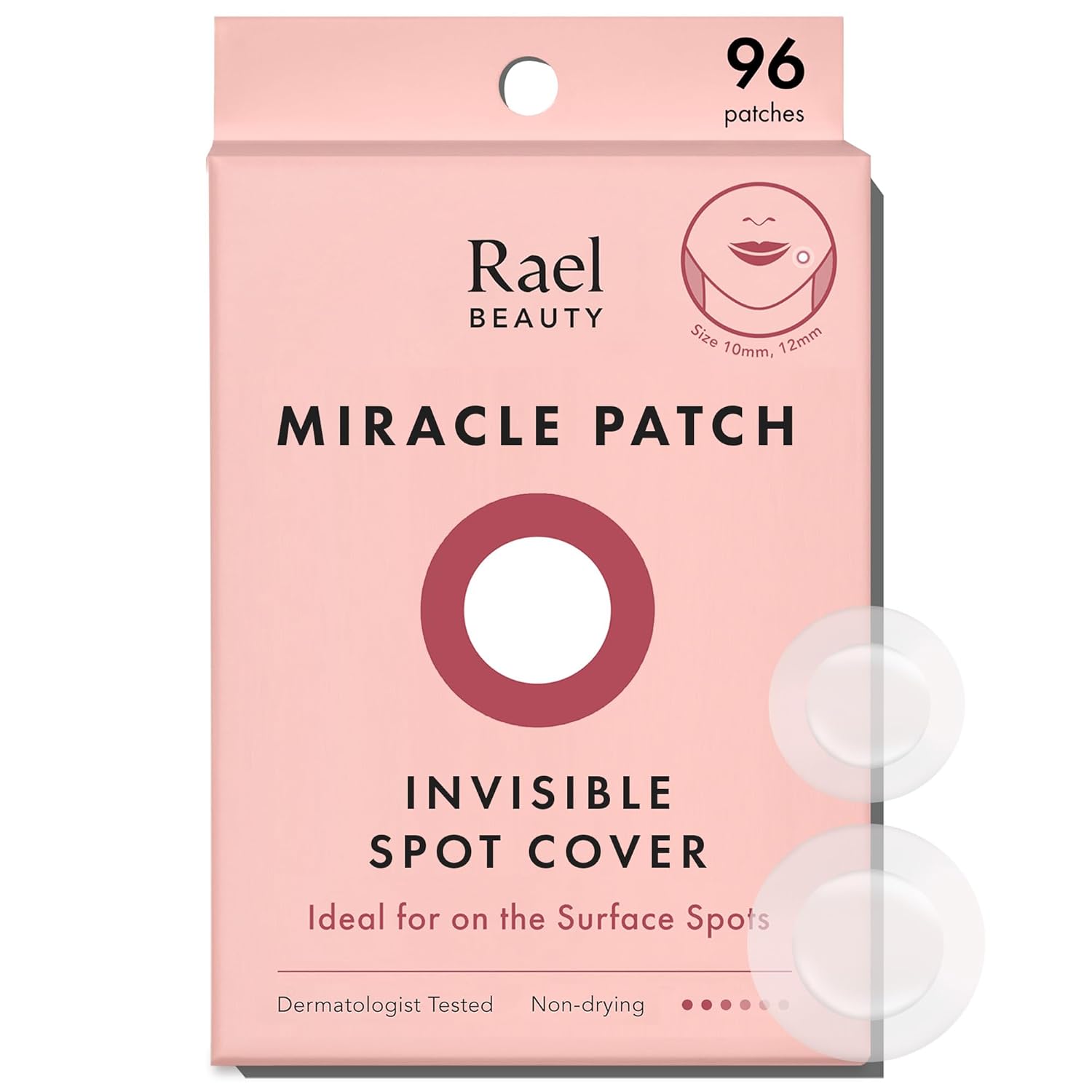

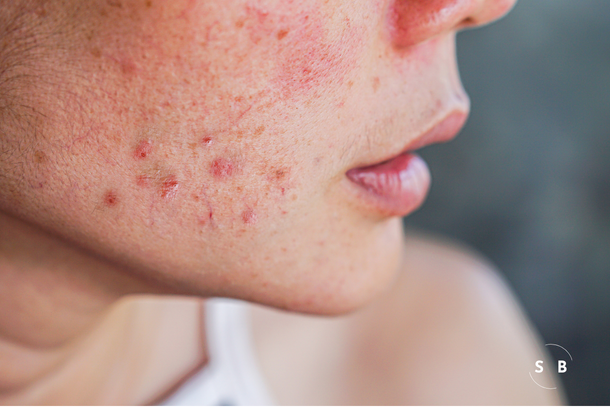
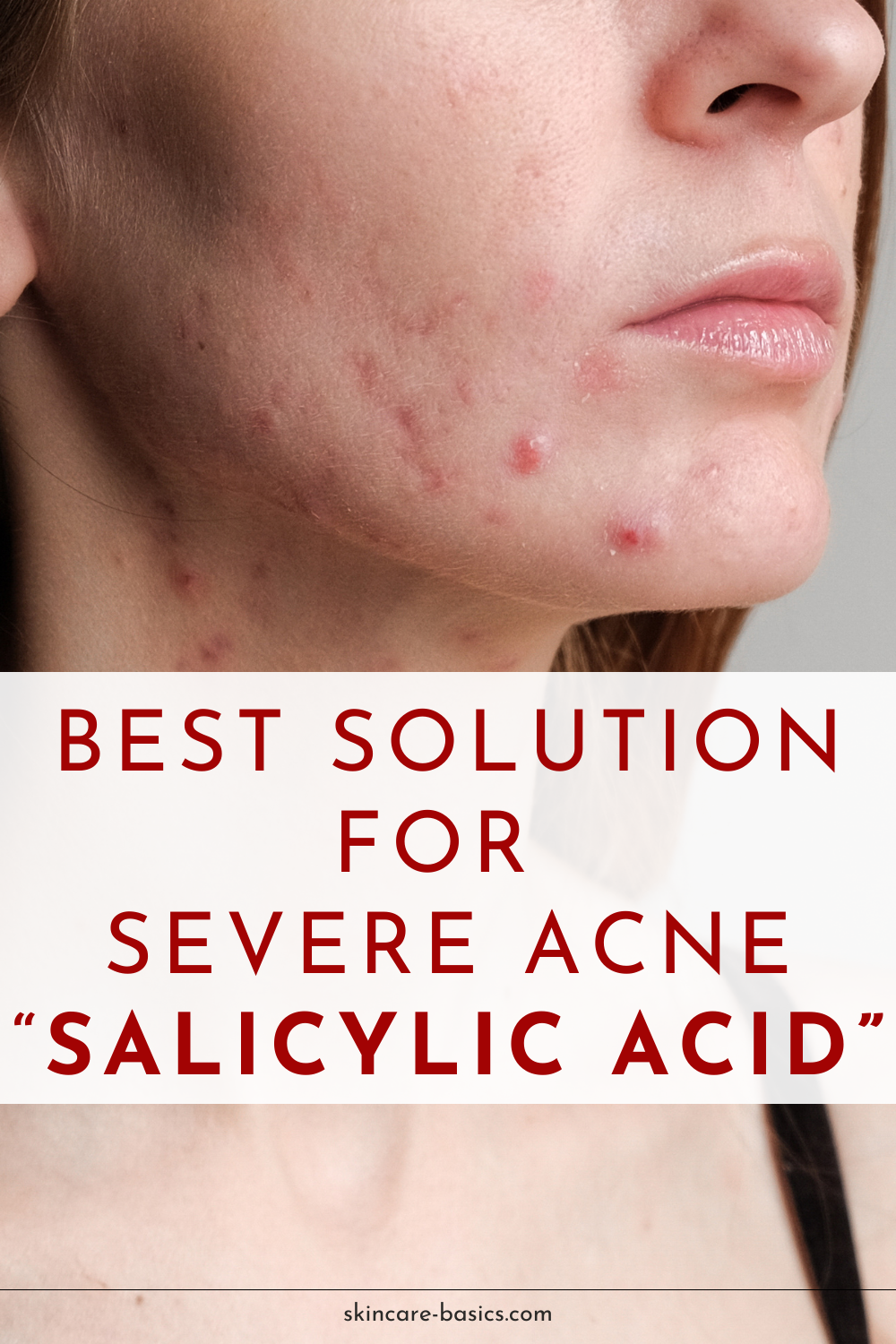
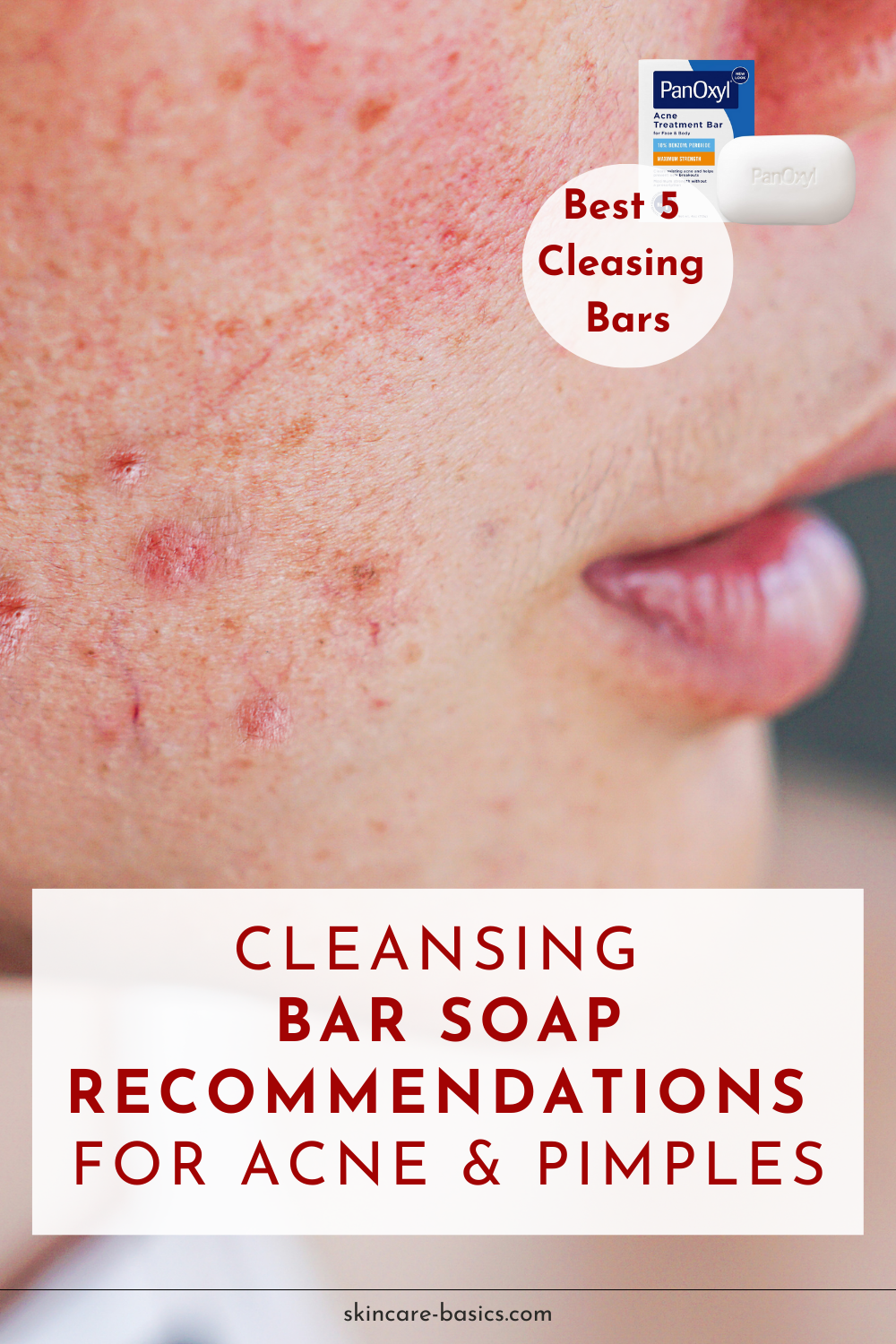
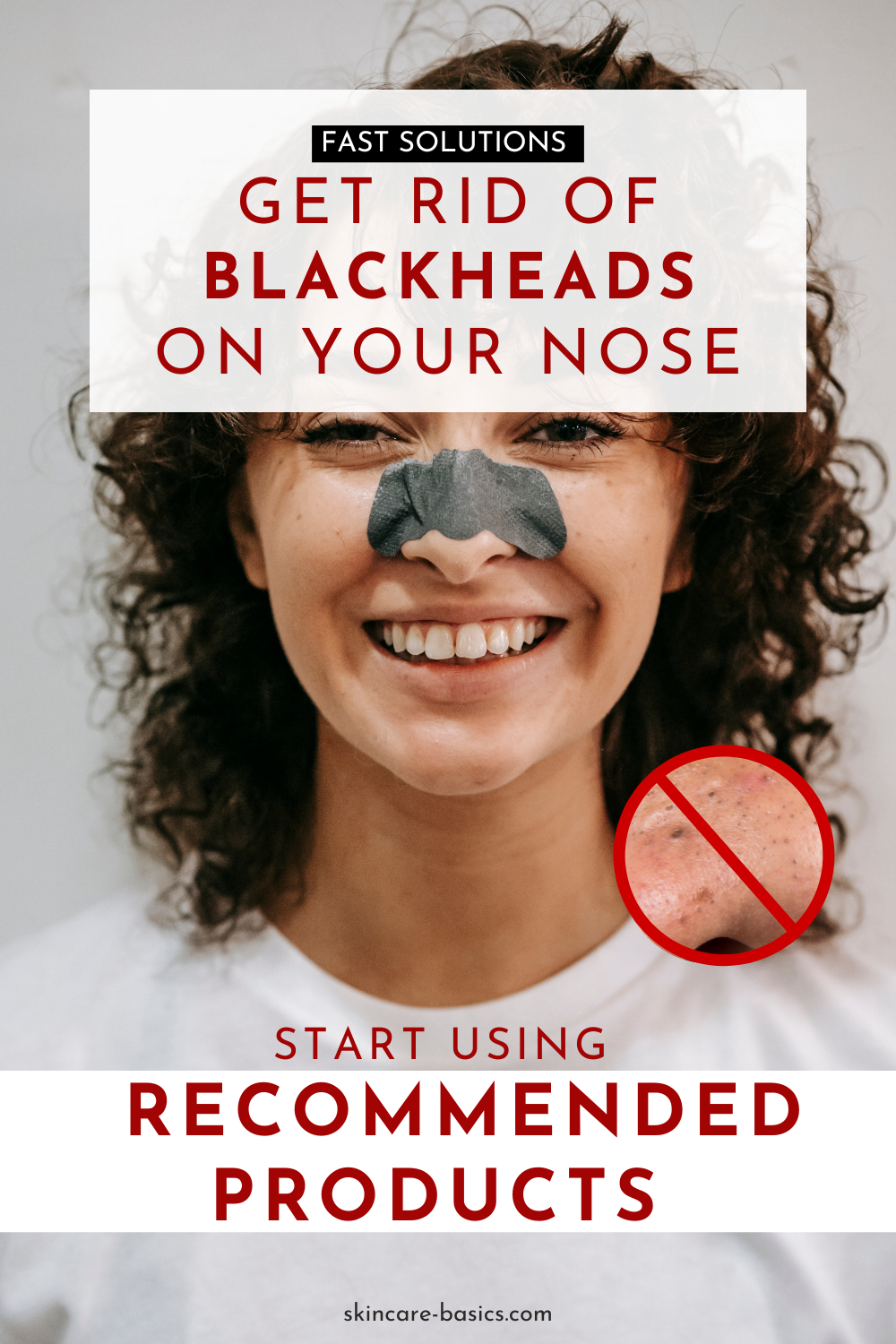
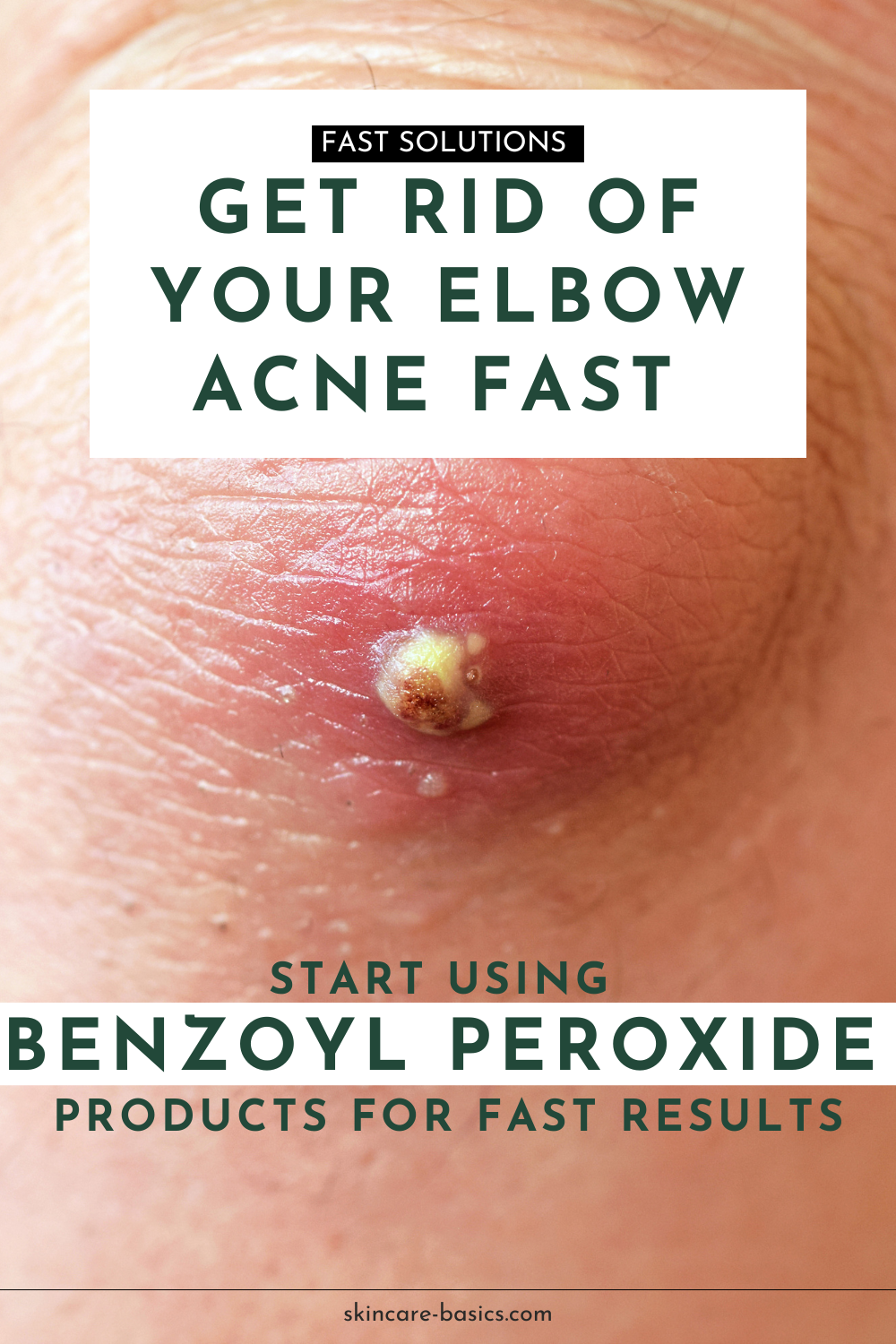
Leave a Reply